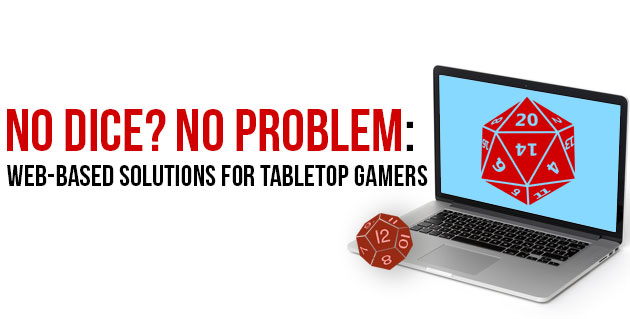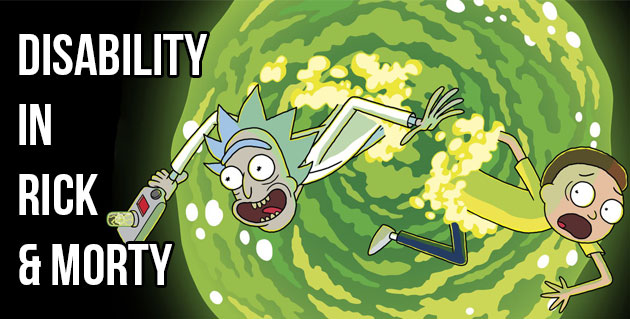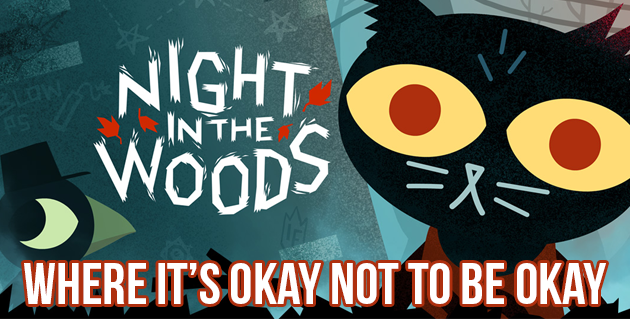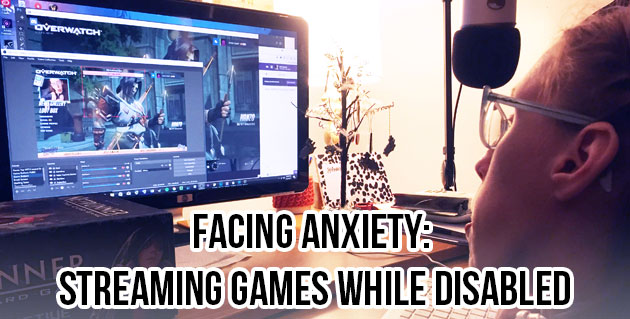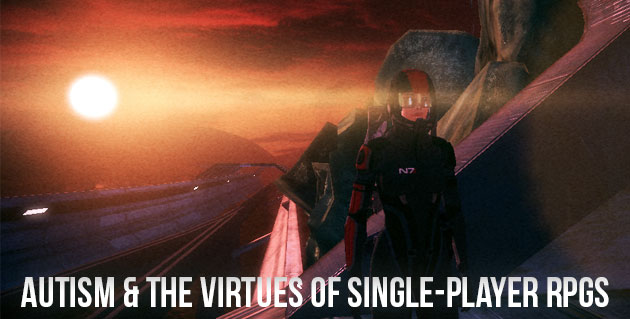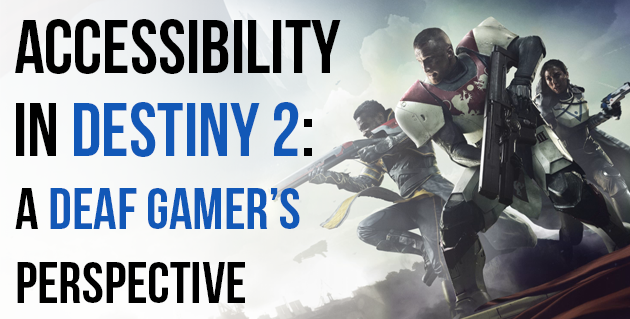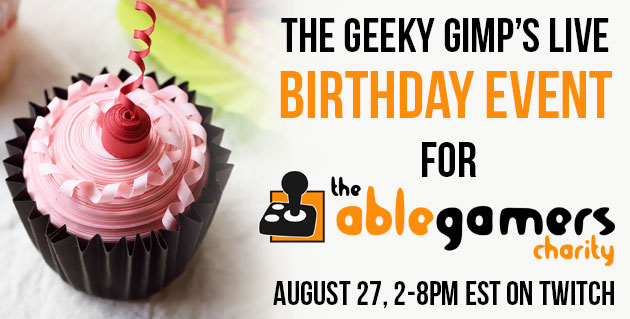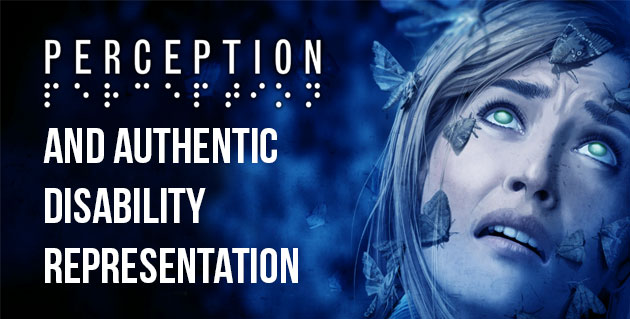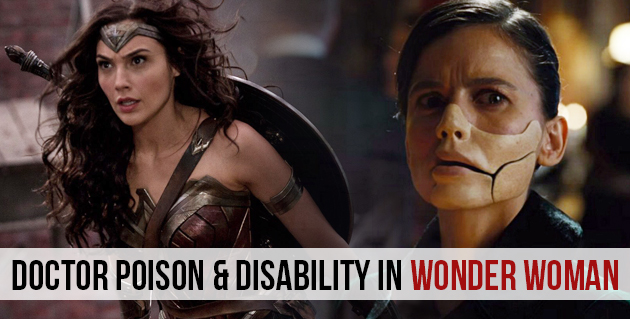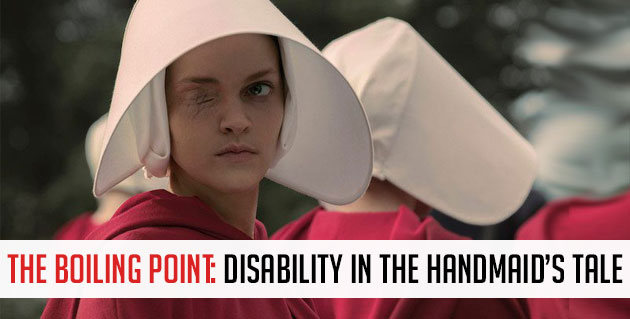Guest blogger: Lydia Rivers is a writer who enjoys service dog advocacy, gaming, and nerdly fandoms. You can find her with the good folks at Anime Herald, advocacy on her personal blog, and Twitter @Planet_Bork.
The saying is “an apple a day keeps the doctor away,” but for me, games are apples. Even if I only have time for a single Sudoku, I have to play something to maintain my mental health. And it’s not easy for disabled social gamers. Even if we manage to avoid ableism in our gaming groups, a myriad of other circumstances can physically isolate us from our friends. Many years ago, I developed major depression from limitations interfering with this hobby. Fortunately, for isolated gamers, technology has presented increasingly sophisticated solutions to our problems. Web-based tabletop gaming (and distance co-op in general) has changed my life by enabling my social gamer – and therefore allowing me to avoid comorbid depression.

Read moreNo Dice? No Problem: Web-Based Solutions for Tabletop Gamers

